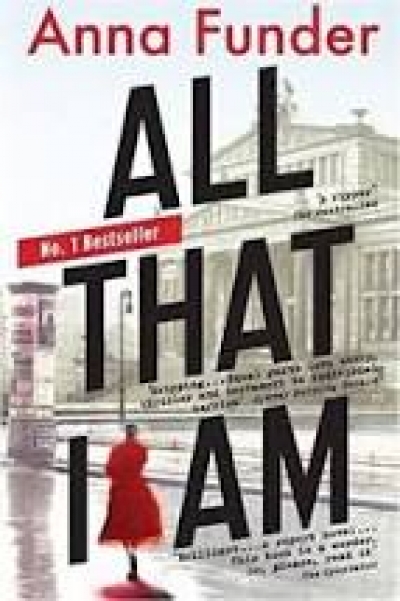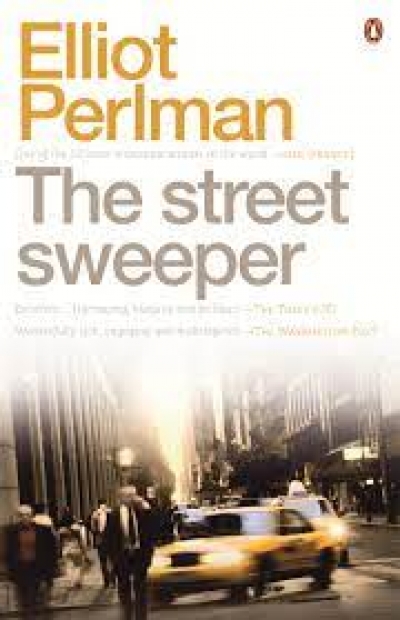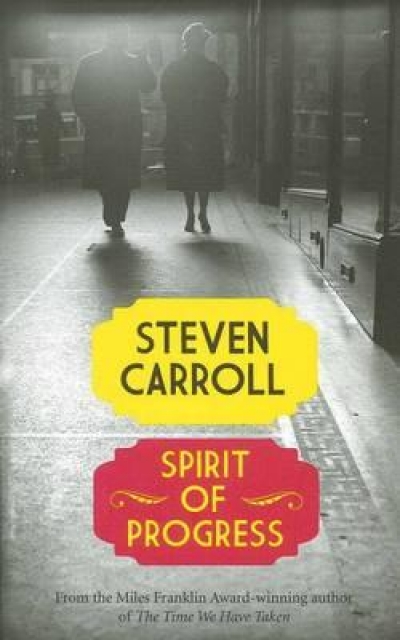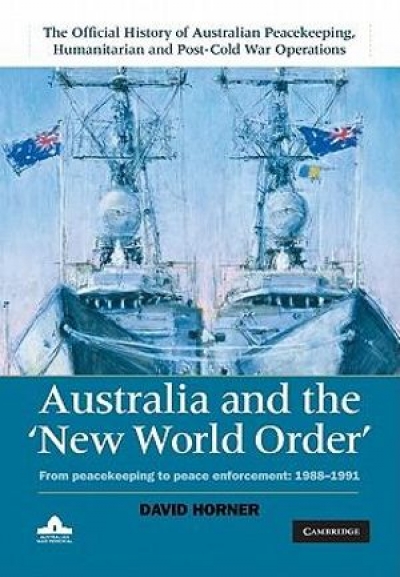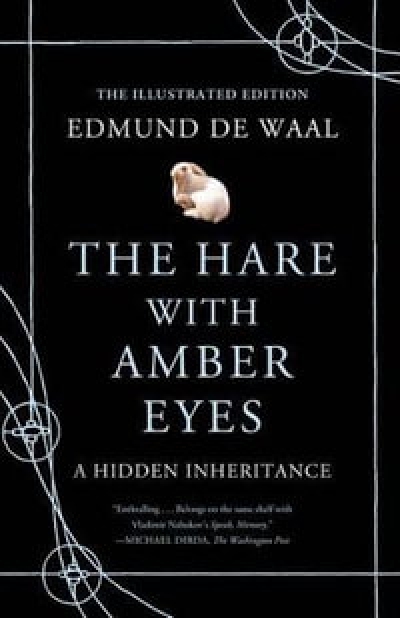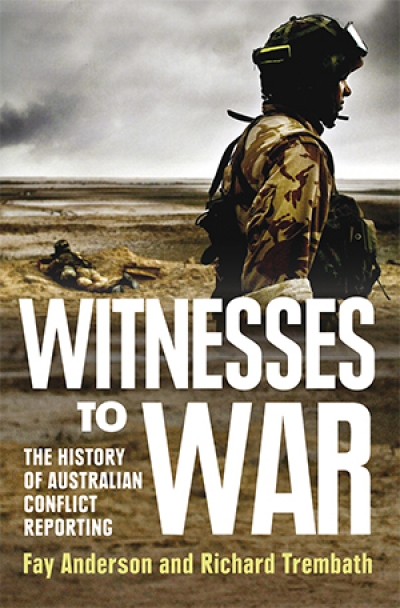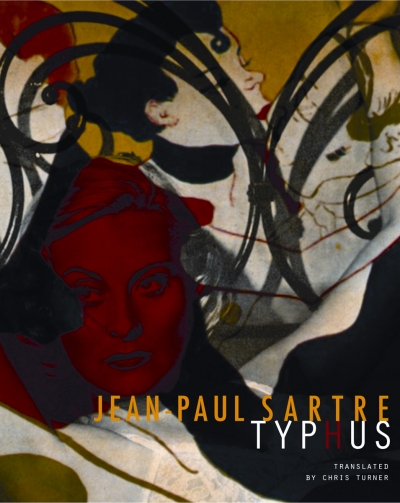World War II
Australia and the ‘New World Order’: From Peacekeeping to Peace Enforcement: 1988–1991 by David Horner
by Peter Edwards •
P.O.W.: Australian Prisoners of War in Hitler’s Reich by Peter Monteath
by Peter Pierce •
The Hare With Amber Eyes: A hidden inheritance by Edmund de Waal
by Angus Trumble •
Witnesses to War: The History of Australian Conflict Reporting by Fay Anderson and Richard Trembath
by Jill Jolliffe •
Typhus by Jean-Paul Sartre (translated by Chris Turner) & Critical Essays by Jean-Paul Sartre (translated by Chris Turner)
by Colin Nettelbeck •

